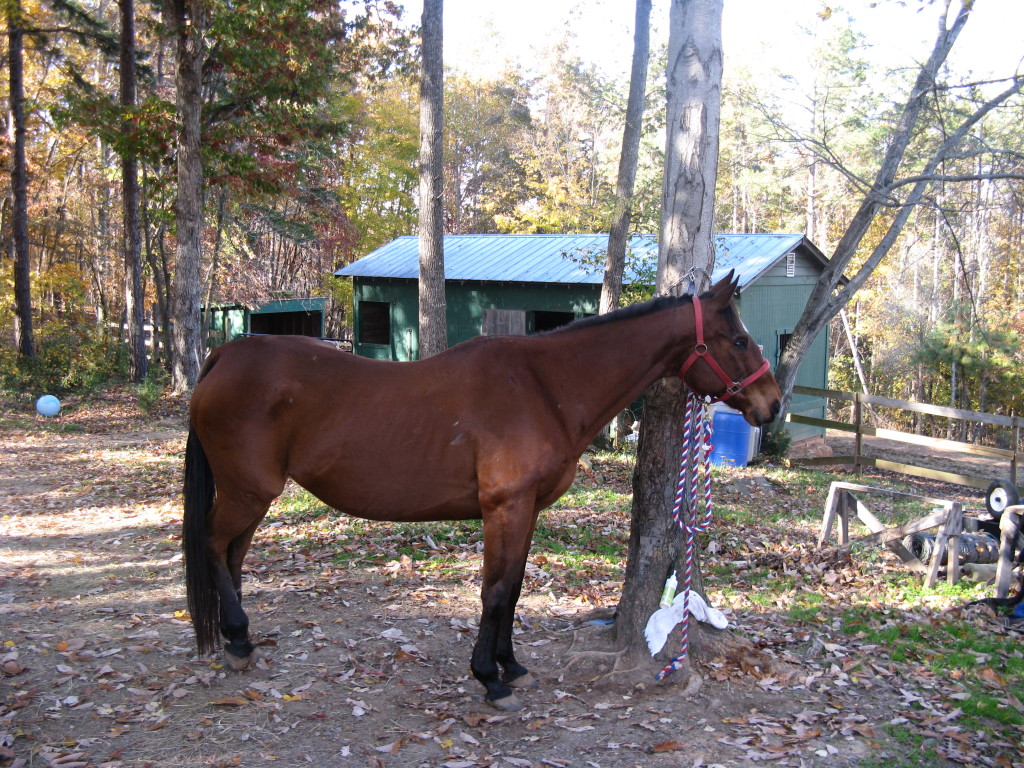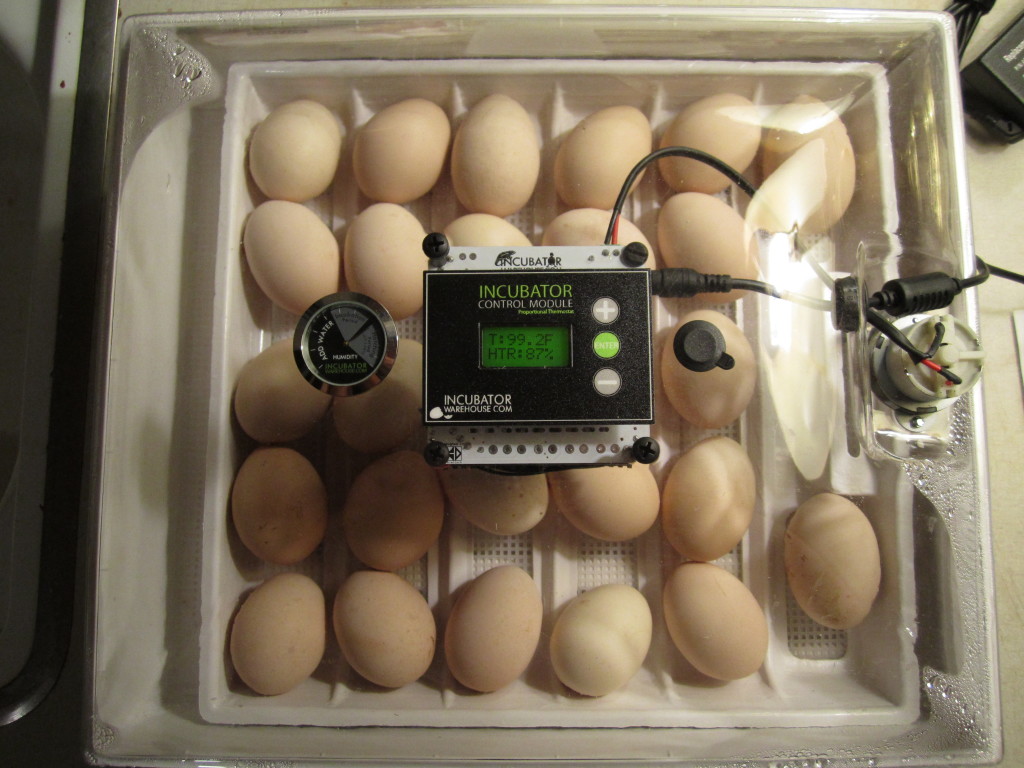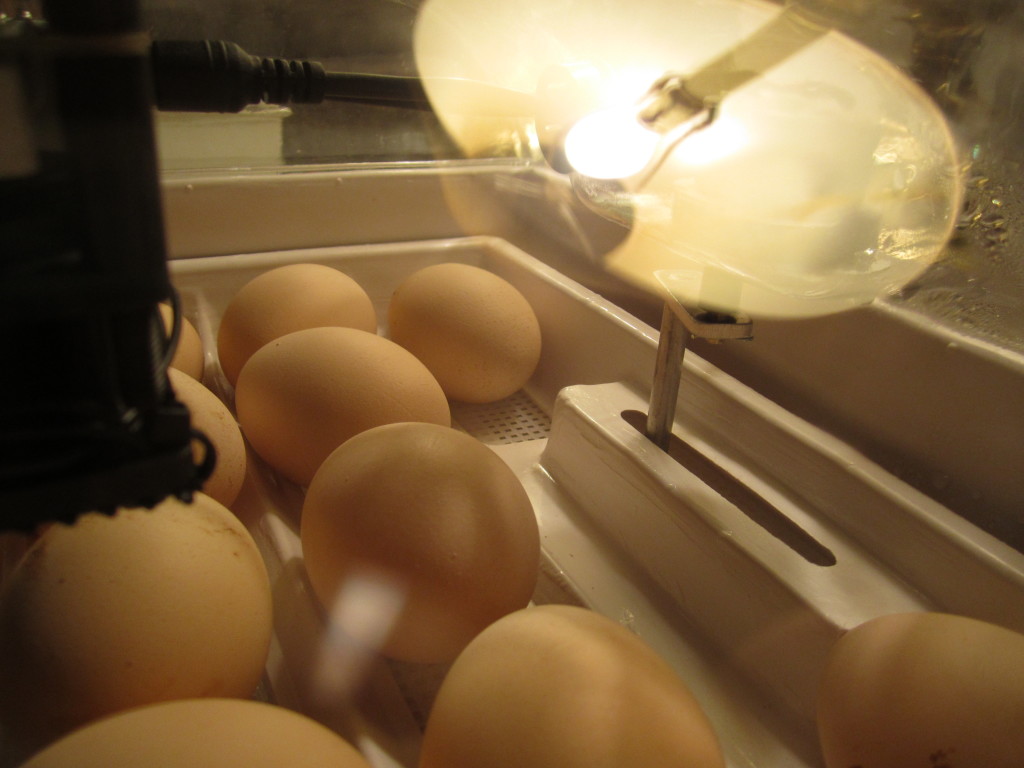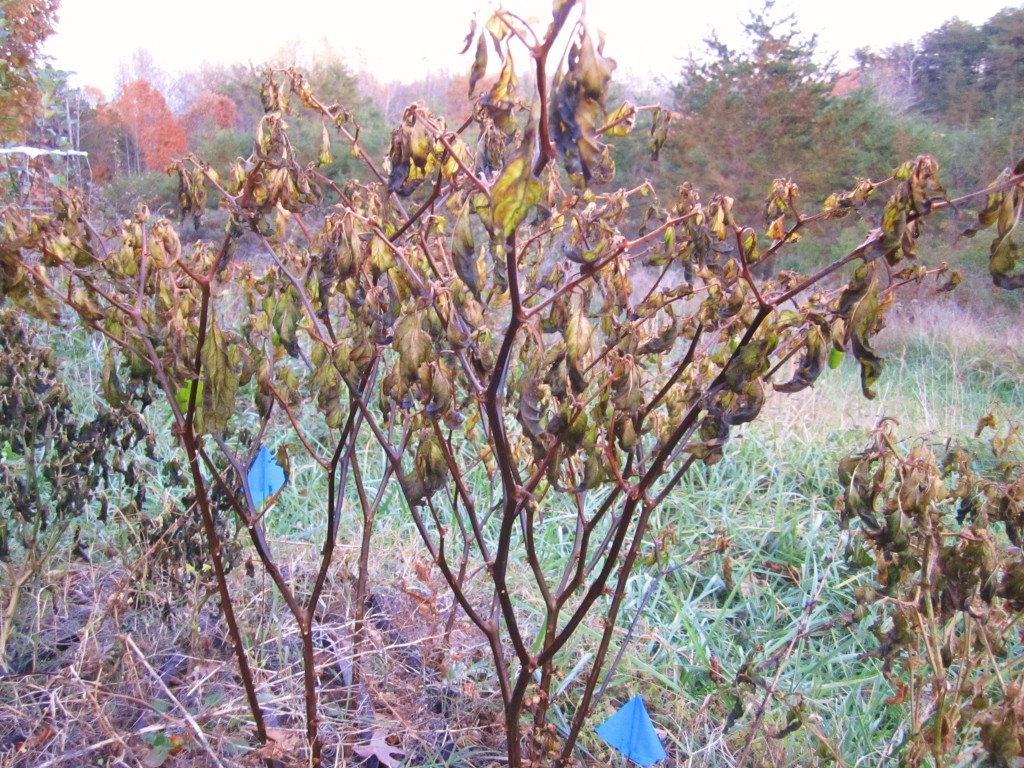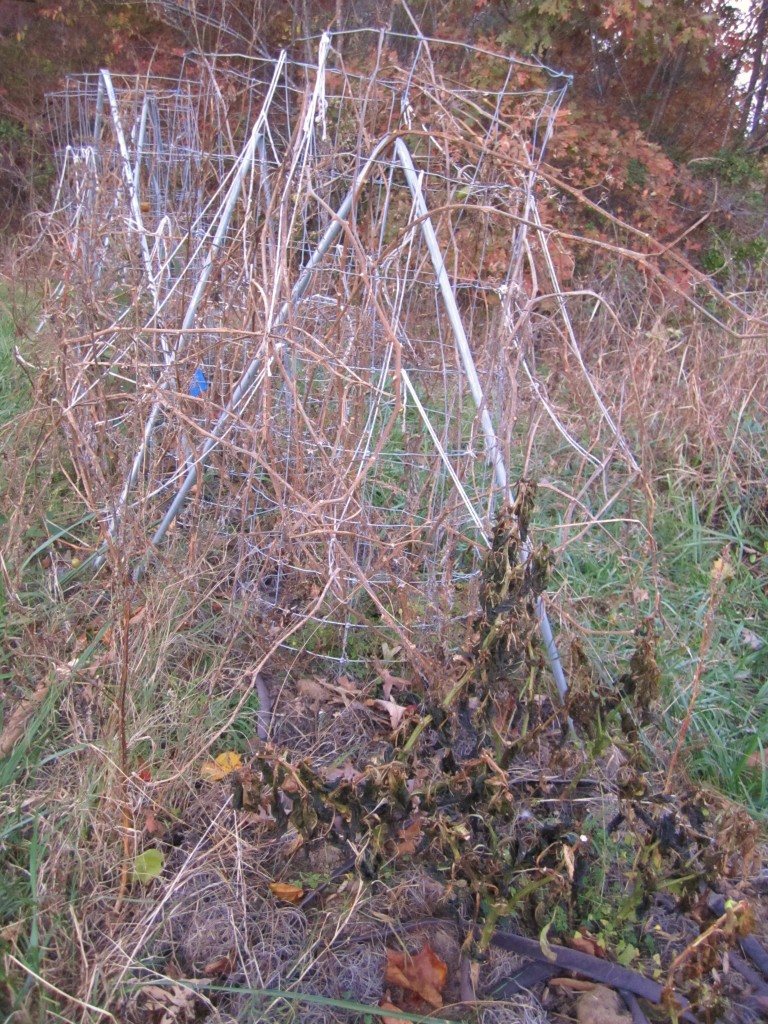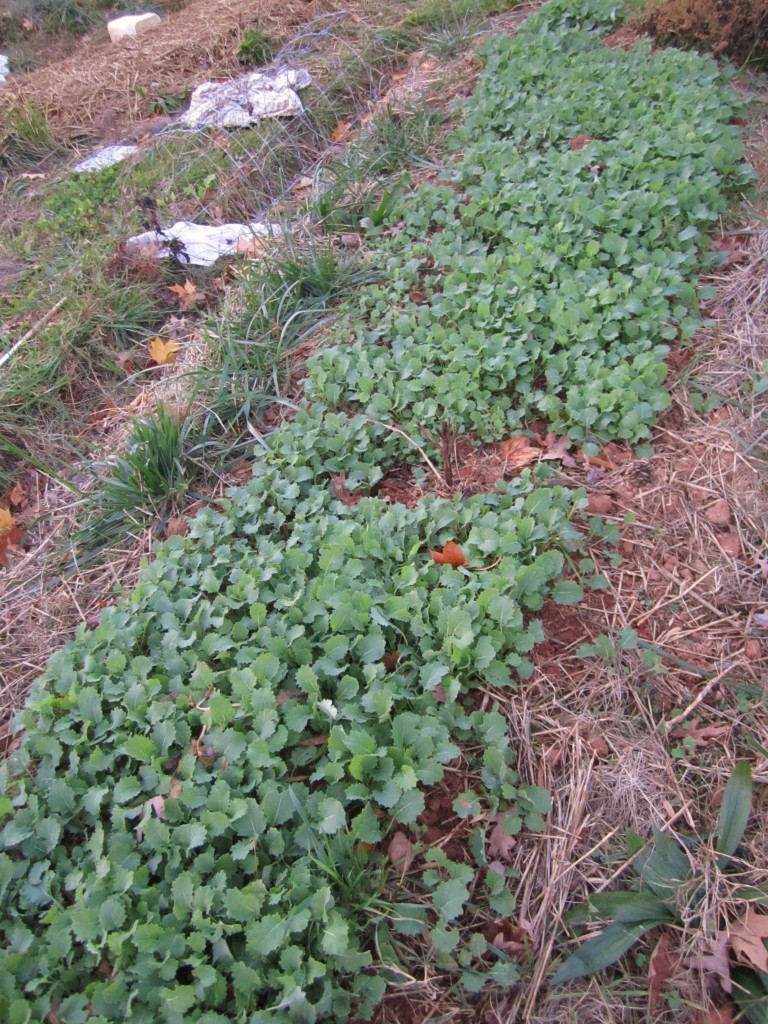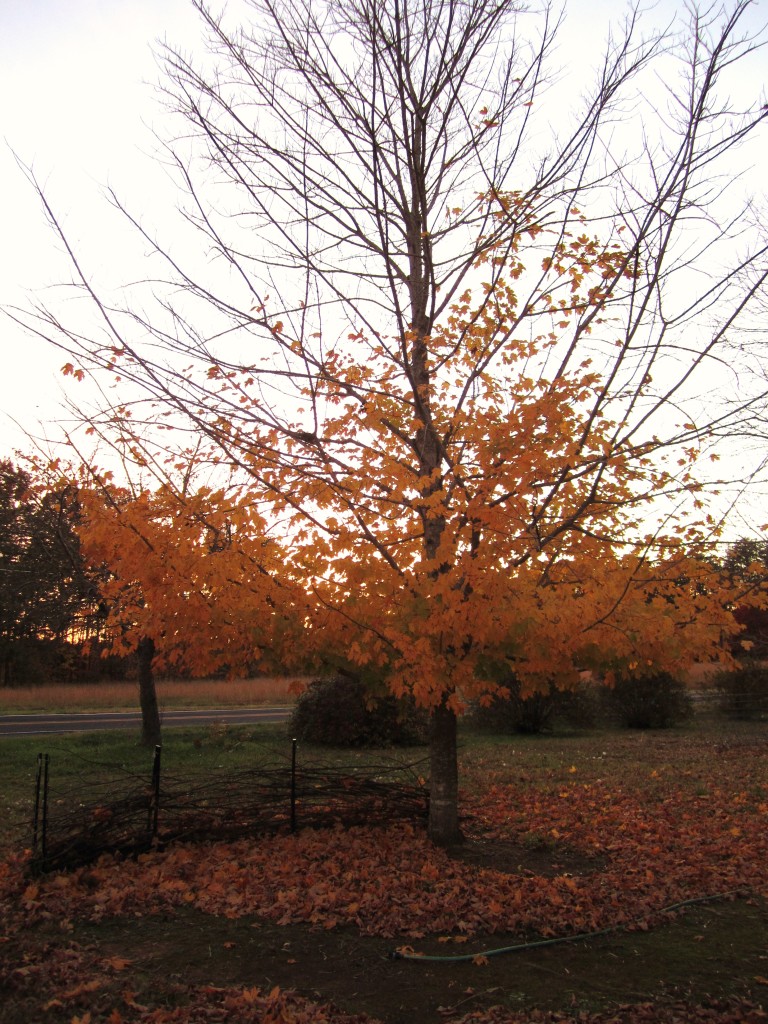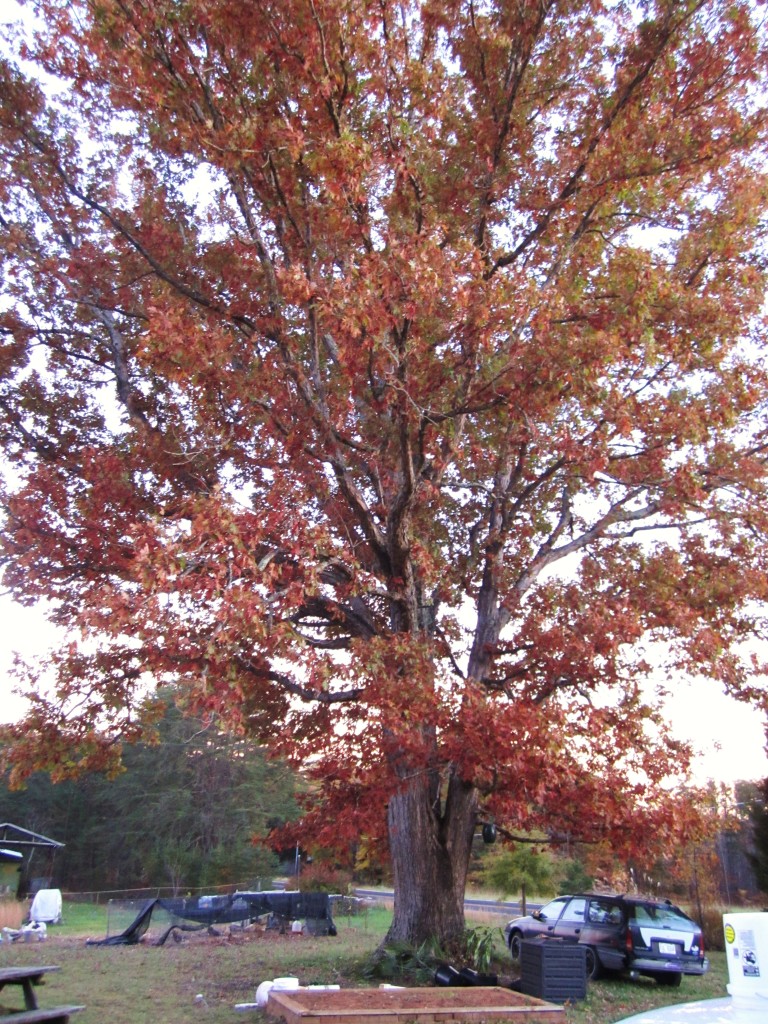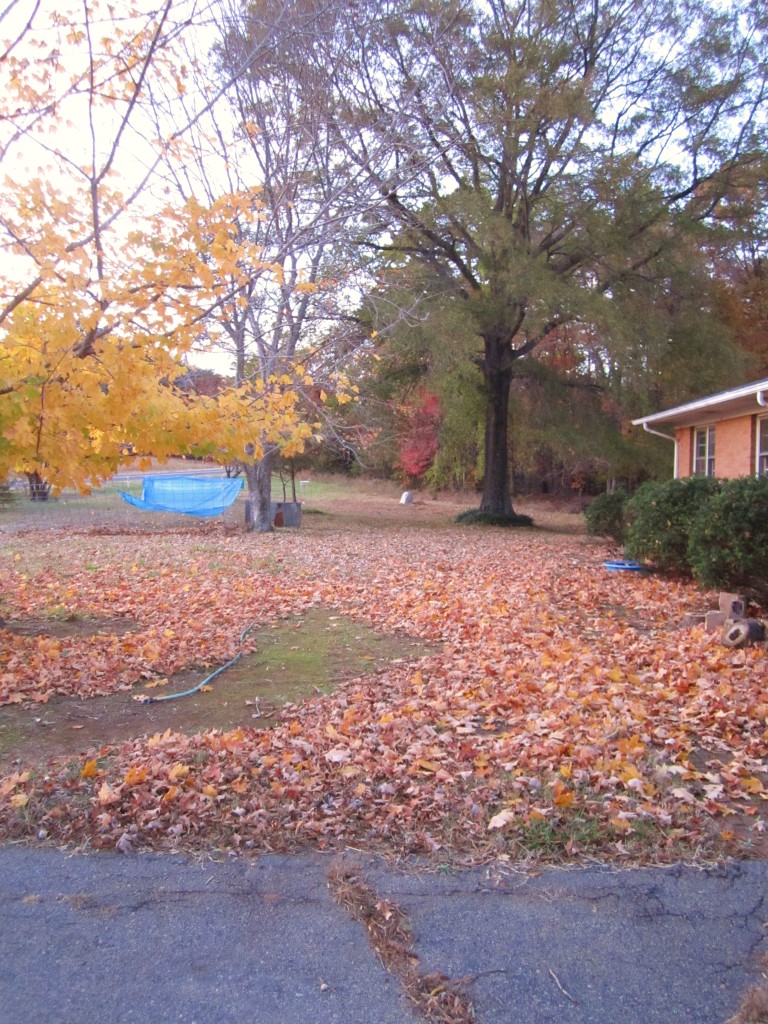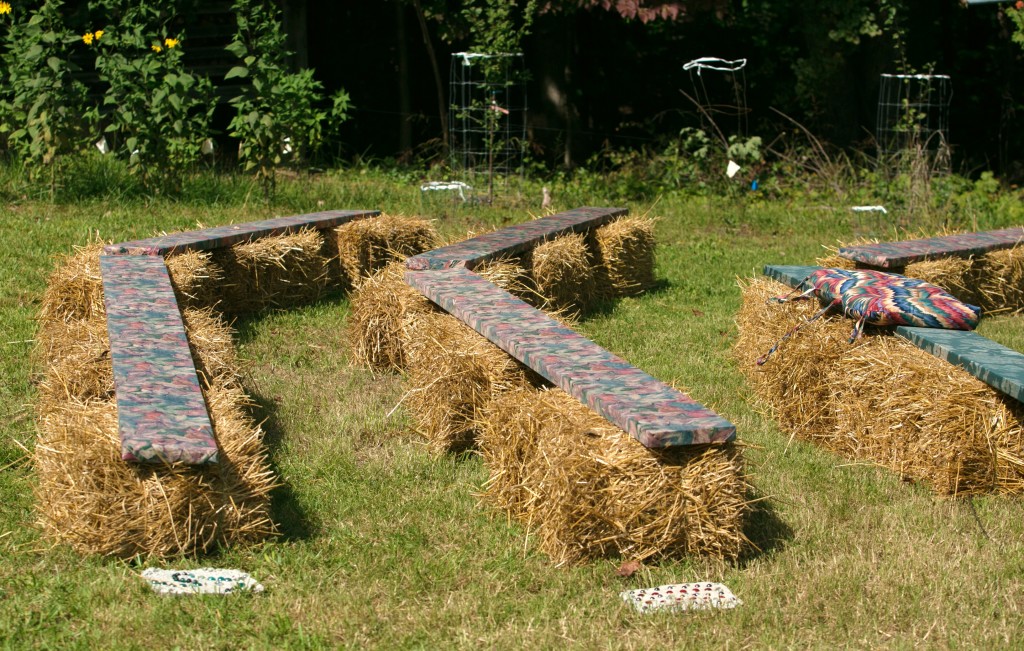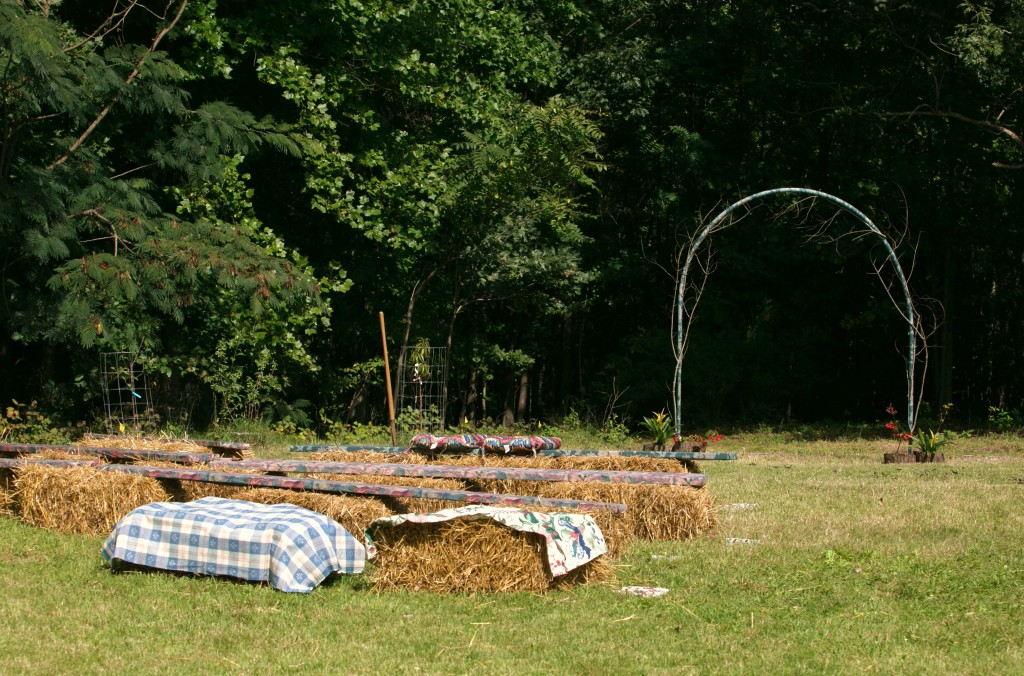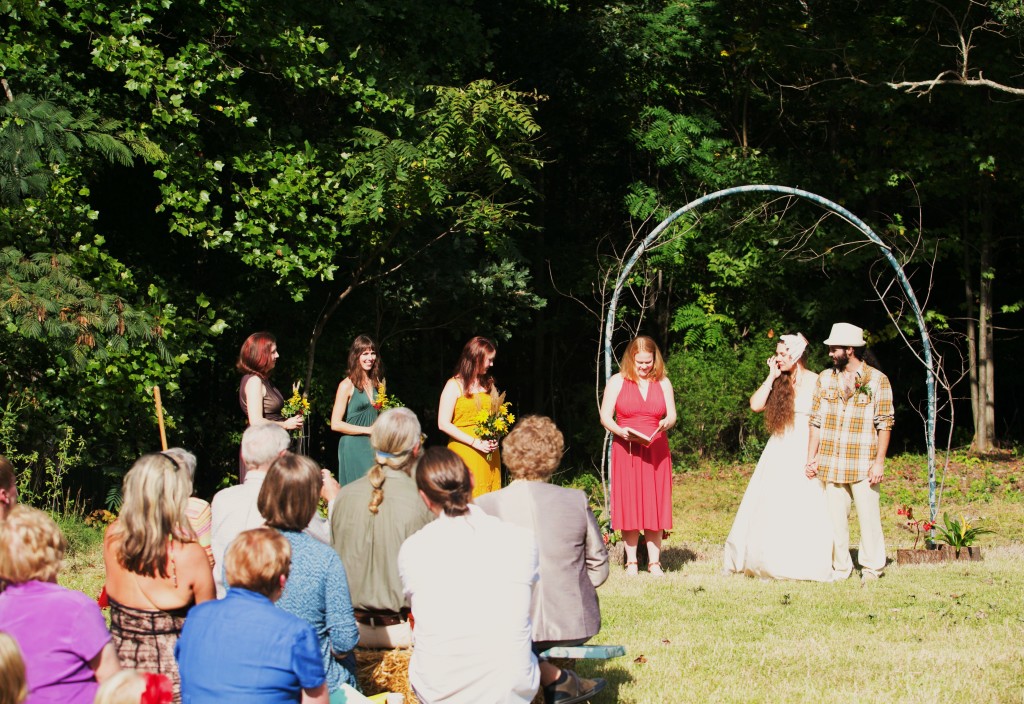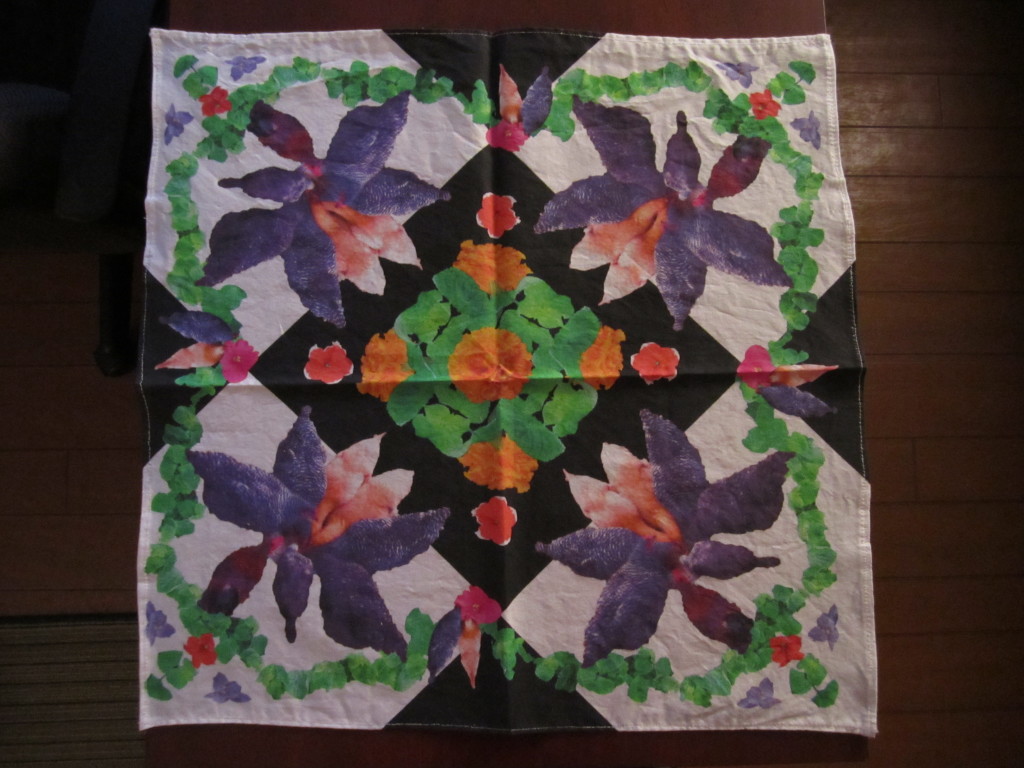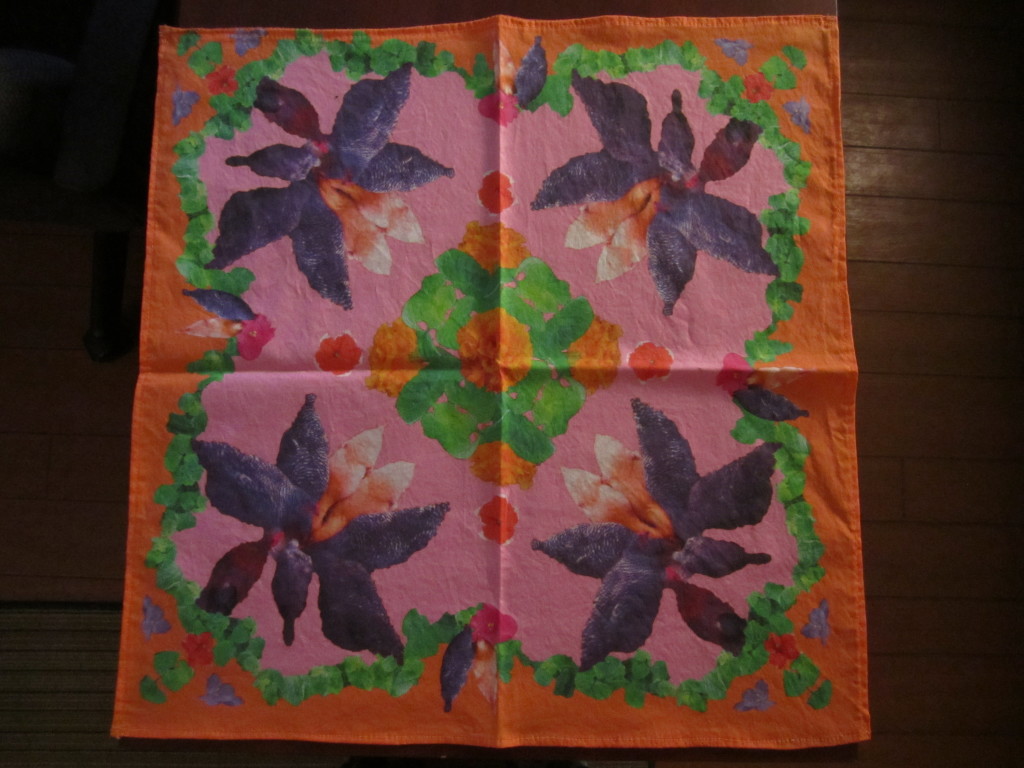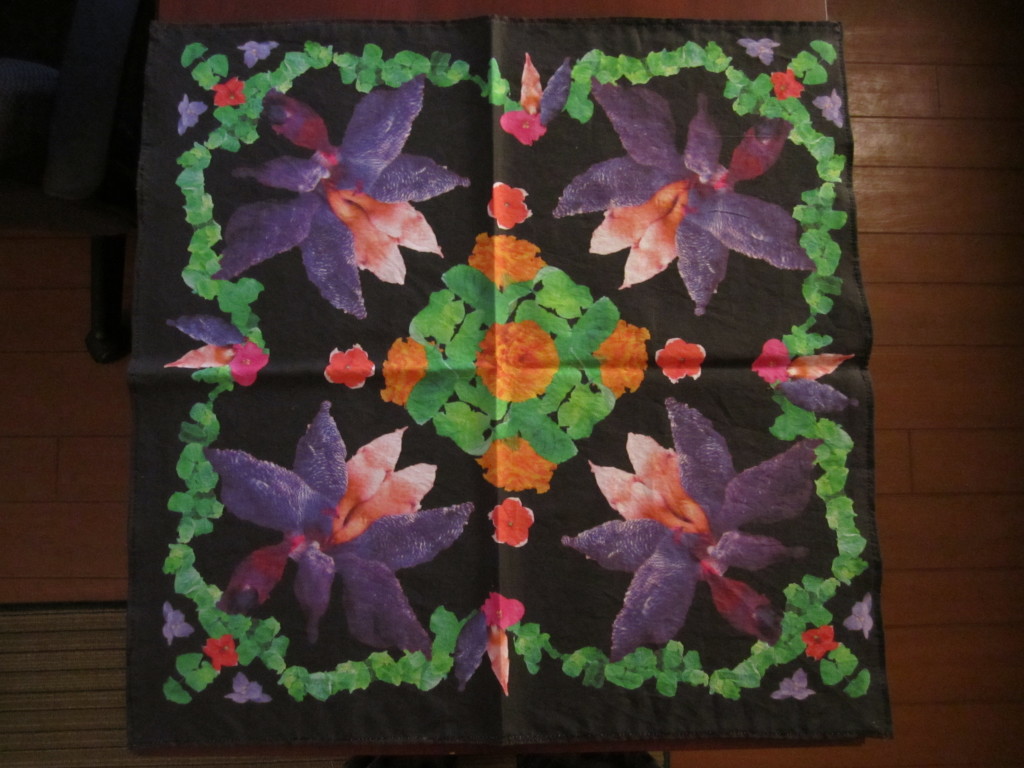a brief warning for you here… some images in this post are of an unborn chicken embryo, which stopped growing inside its egg after a few days into the incubation period.
.:.
recently i candled the eggs again to double check my candling work from last week and the progress was amazing! during the process this time, you could really see the blood vessels and the larger, wiggling chicken inside a few of the eggs. once again, amazing!
i also decided to check the other 5 eggs that i wasn’t sure were fertilized, still thriving, or alive.
unknown egg #1: the first one was definitely fertilized and alive, and i was surprised and excited to add another potential chicken to our list for the hatch this sunday. so that puts our count at 23 chicks!
unknown egg #2: the next egg i checked was definitely no longer growing, and i could see the tell-tale red ring around the inside of the egg that means the egg was at one point fertilized but the embryo died within the first few days. this egg was pretty much transparent except for the red ring, and i removed this one to crack it open later and check out the contents.
unknown egg #3: this egg was just the same as egg #2 and i removed this one also.
unknown egg #4: this egg had no visible embryo and even though i turned it on all sides, i couldn’t see anything alive inside. there was a very dark section and a very visible air bubble, but the dark patch was different than the dark patches in the fertile and growing eggs and i couldn’t see any blood vessels or other signs of life. so i decided to take this egg out too so that it wouldn’t bust and contaminate the others as time went on.
unknown egg #5: i was still unsure about this egg, so i left it in inside the incubator just in case.
as of now, there are 24 eggs in the incubator and i’m sure (or as sure as a beginner can be) that 23 of them are growing nicely.
the other 3 eggs that i removed became a science experiment…
failure to thrive egg #1: when i cracked this one open i only saw the red ring of small blood vessels around the inside of the egg. there were no other substances inside besides the red ring and the light yellow liquid that was the yolk and white mixed together. that means this one was fertilized too (24 out of 27 points for rex).
failure to thrive egg #2: this egg had the same red ring as the previous one, but it also had a couple thick spots of dark red that could have been the beginnings of the the embryo. it seemed to me that this egg lived longer before failing to thrive. (25 out of 27 points for rex.)
failure to thrive egg #3: this last egg at first appeared to be the same as the second egg but when i poured the contents out into the bowl with the other yellow liquid, i heard a little plop. i looked in the bowl and found a tiny, but unmistakable embryo that hadn’t even begun to from its limbs yet,which meant that the egg died sometime around 3 or 4 days into the incubation process. (26 out of 27 points for rex!!!)
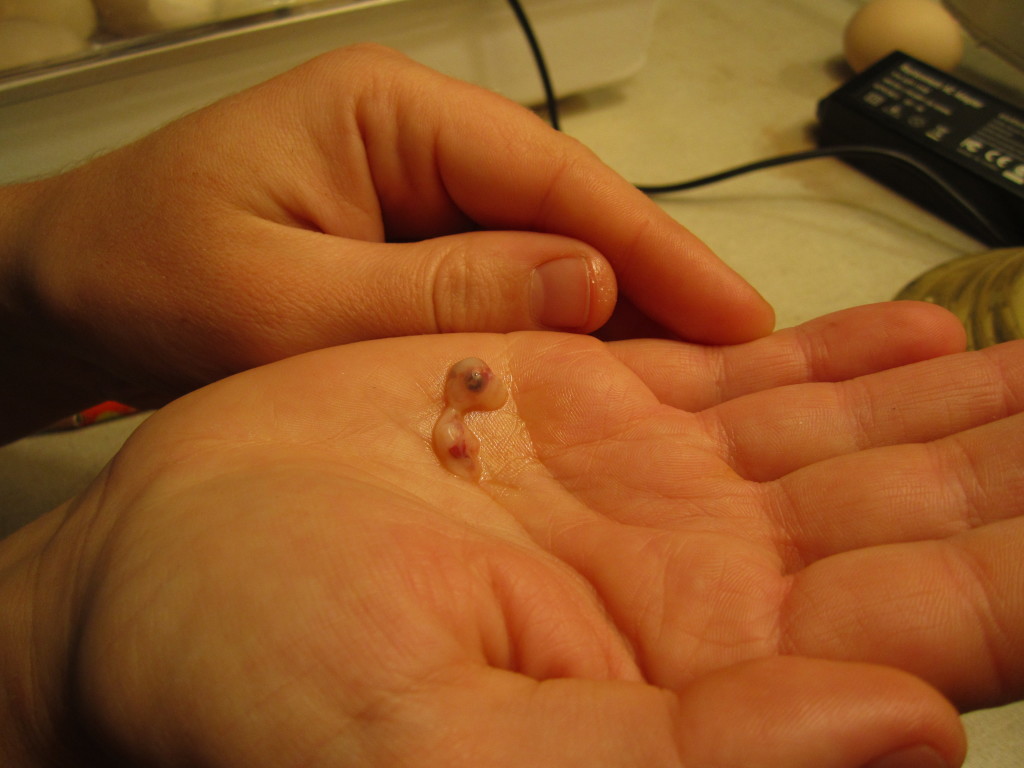
tiny chicken embryo
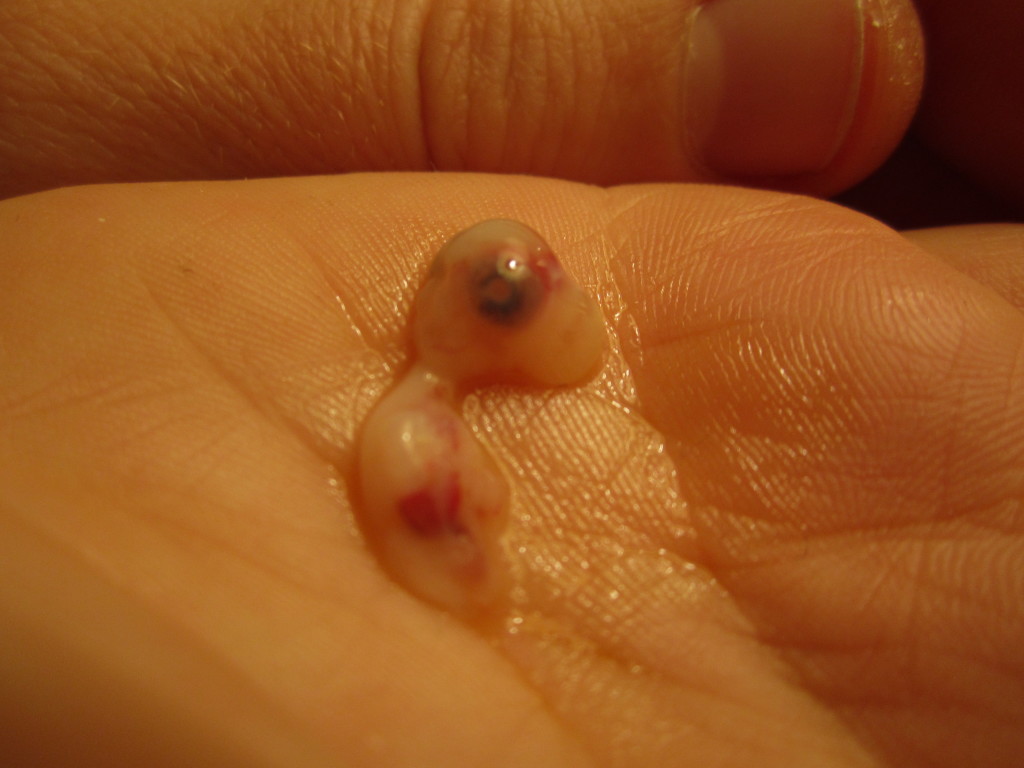
you can see its eyes but it has not yet formed limbs. to me, it looks somewhat like a seahorse!
jason and i have dealt with a chick that was born that died, and chicks that were busted out of their shell by careless hens just a few days before hatching, so this process isn’t new to me… and since the embryo was barely developed i don’t feel sad about the situation, just in awe of it. i am hoping that all of the eggs that are in the incubator now will thrive and hatch well… and i can give thanks for that!!!
i also found a great video on YouTube that shows the growth of the embryo from the beginning until the day i hatches… you can watch the video and think of our embryo-chicks, who are at 15 days today!
.:.
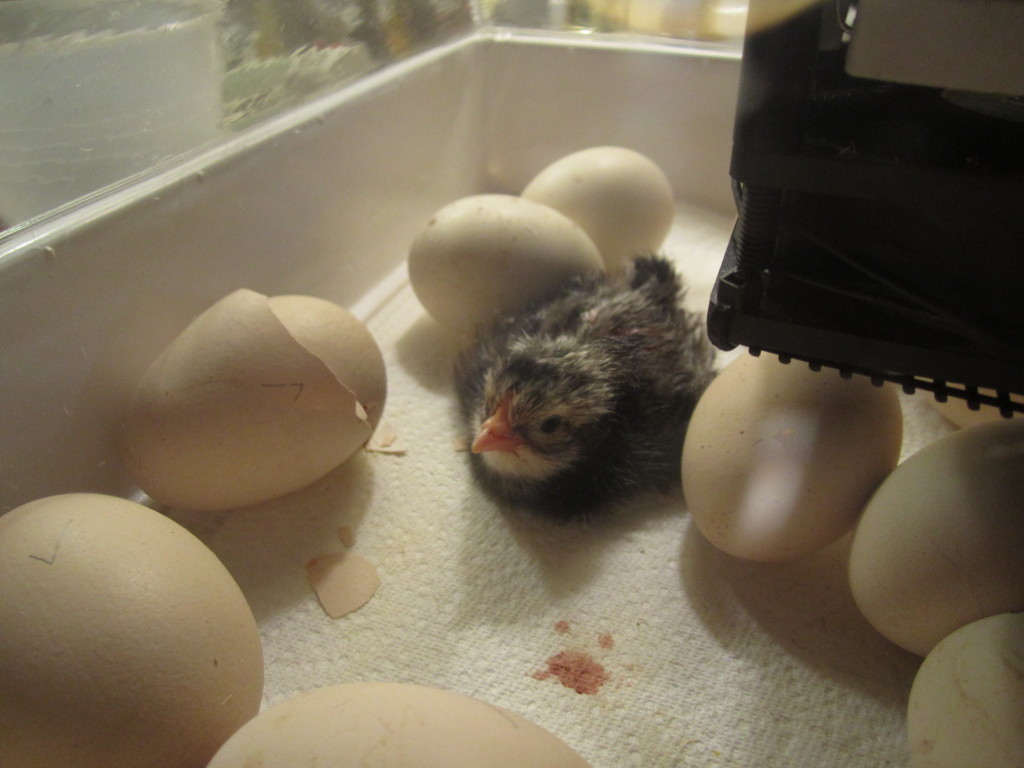
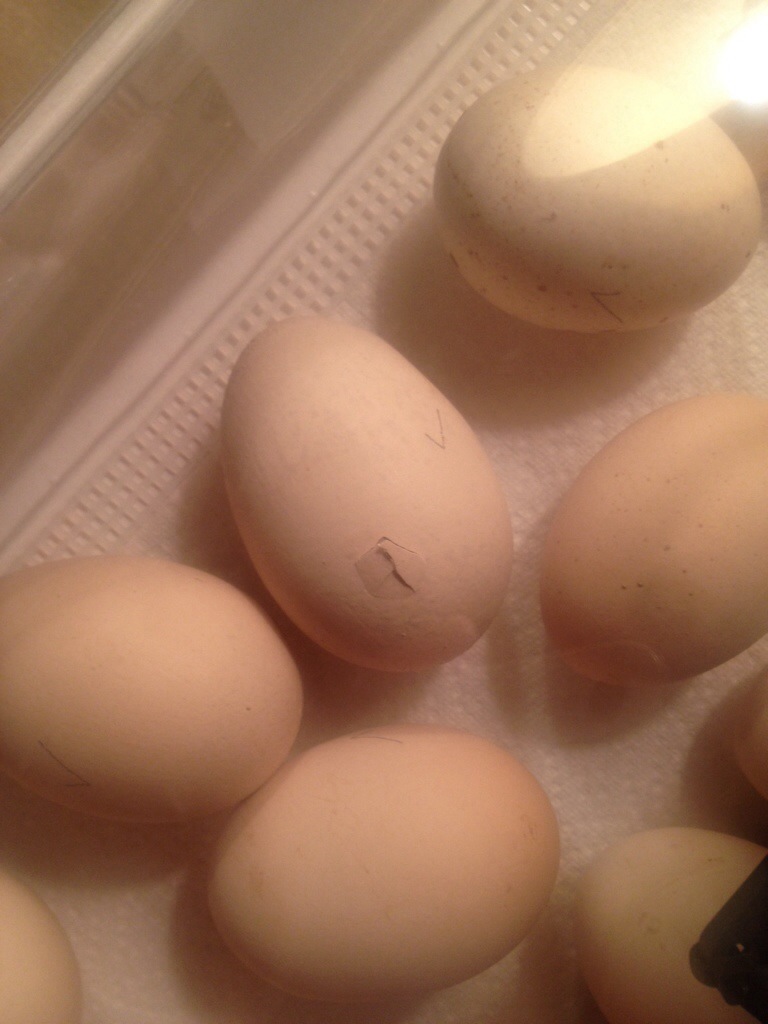
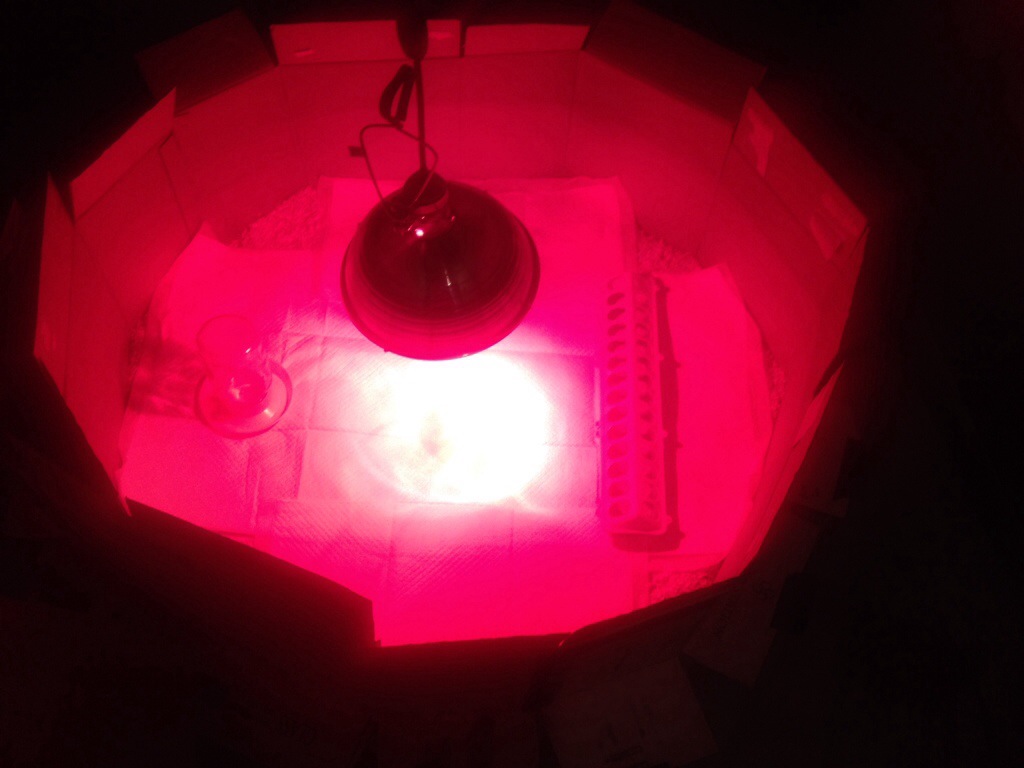
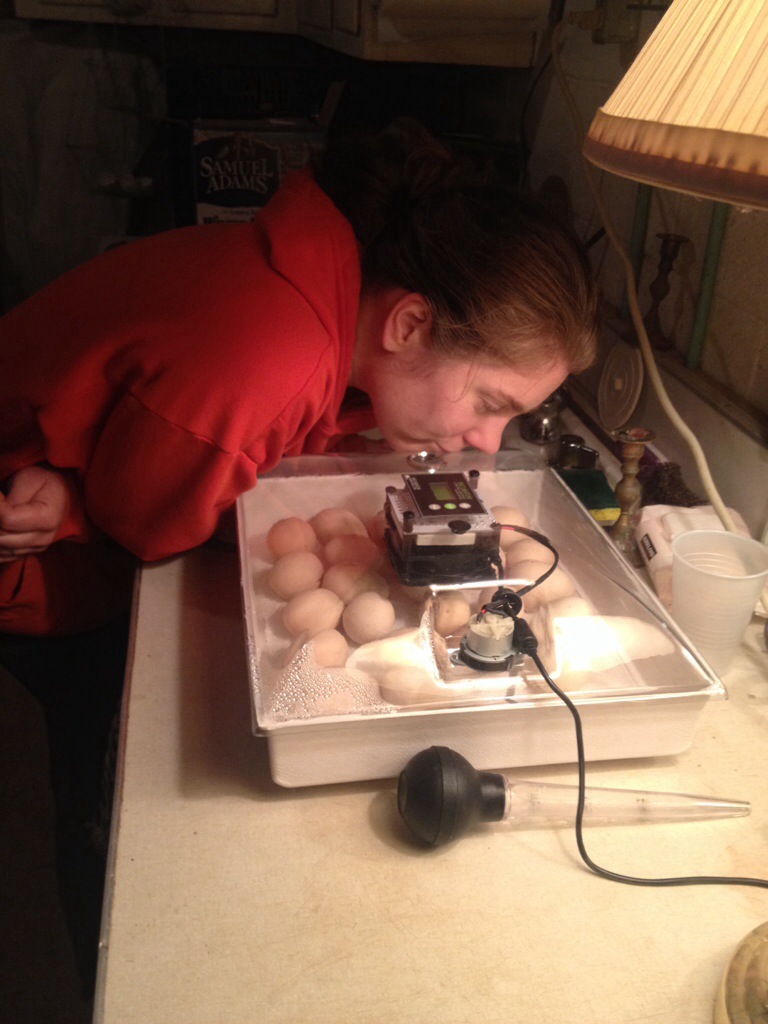
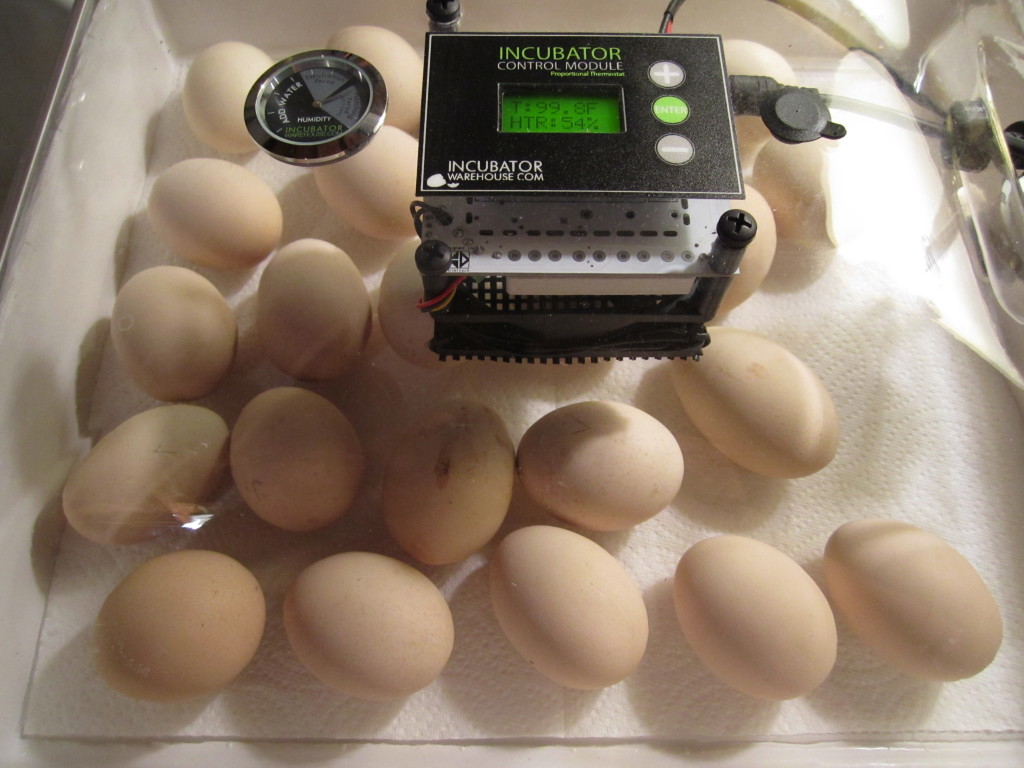
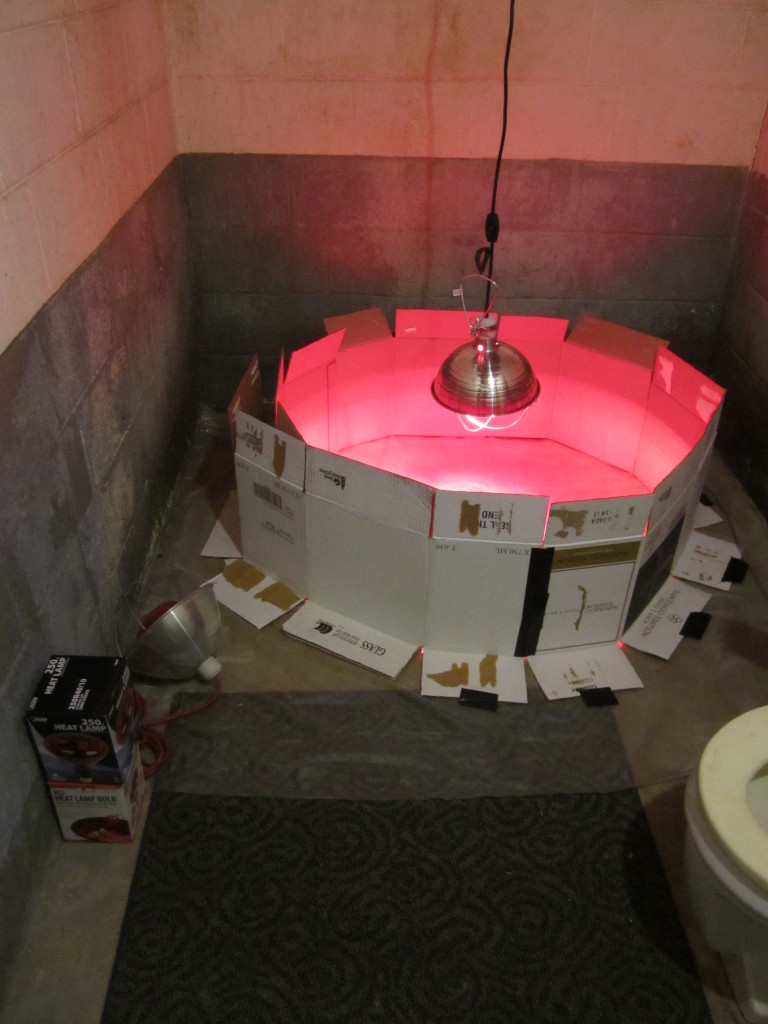
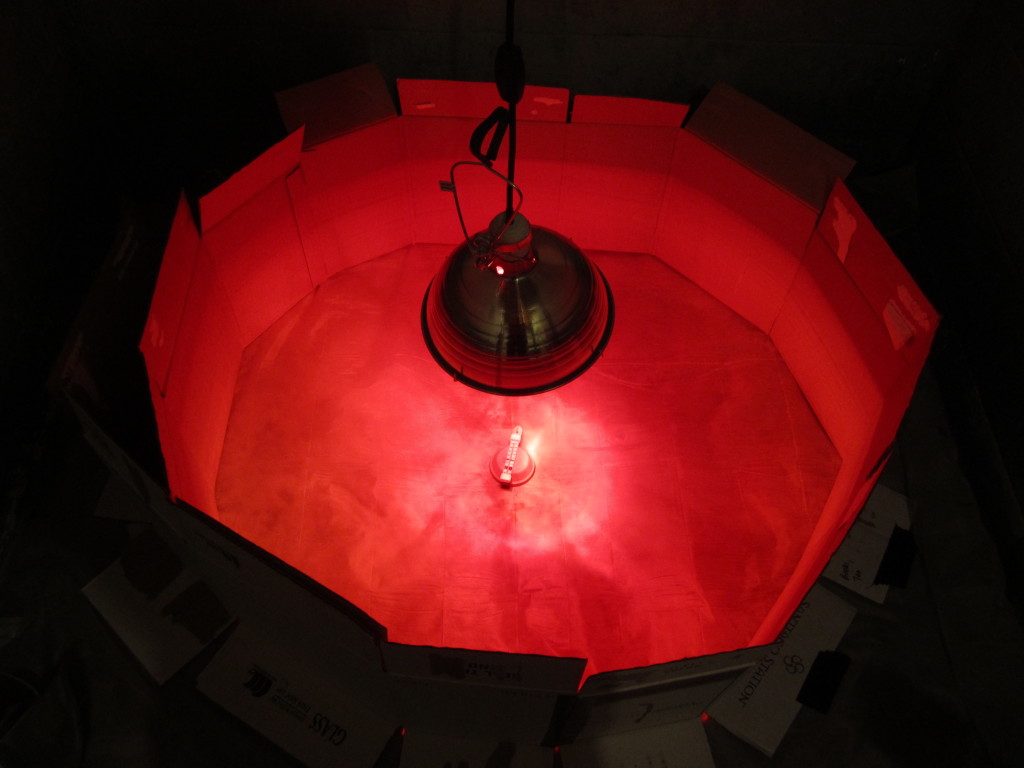


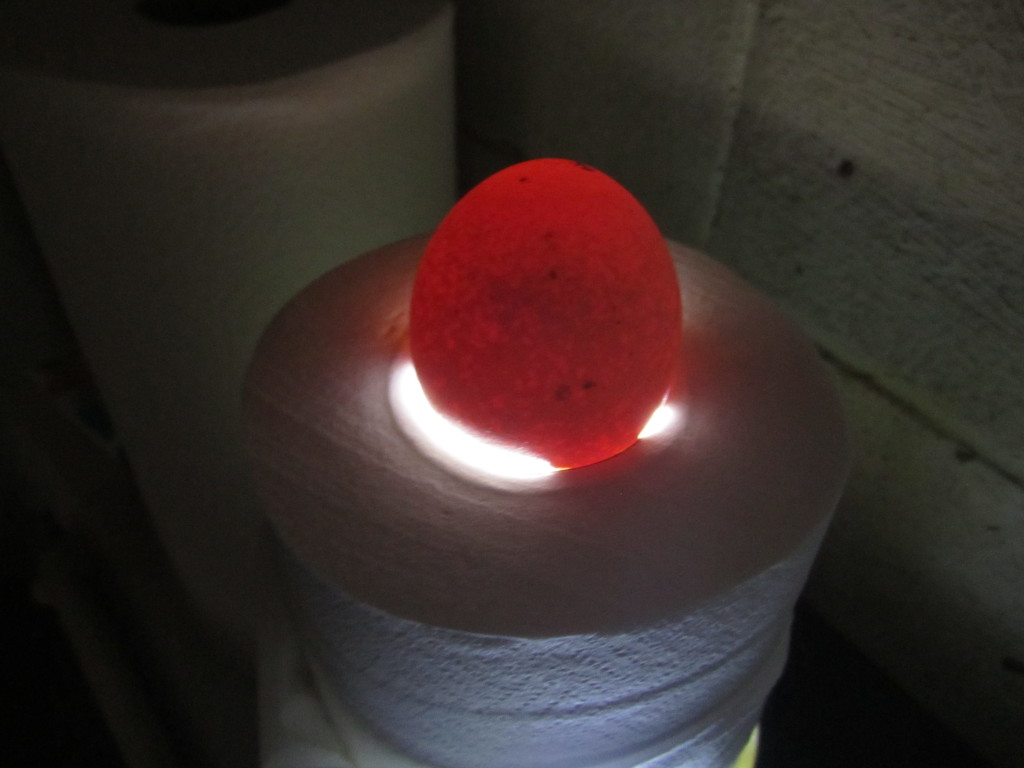
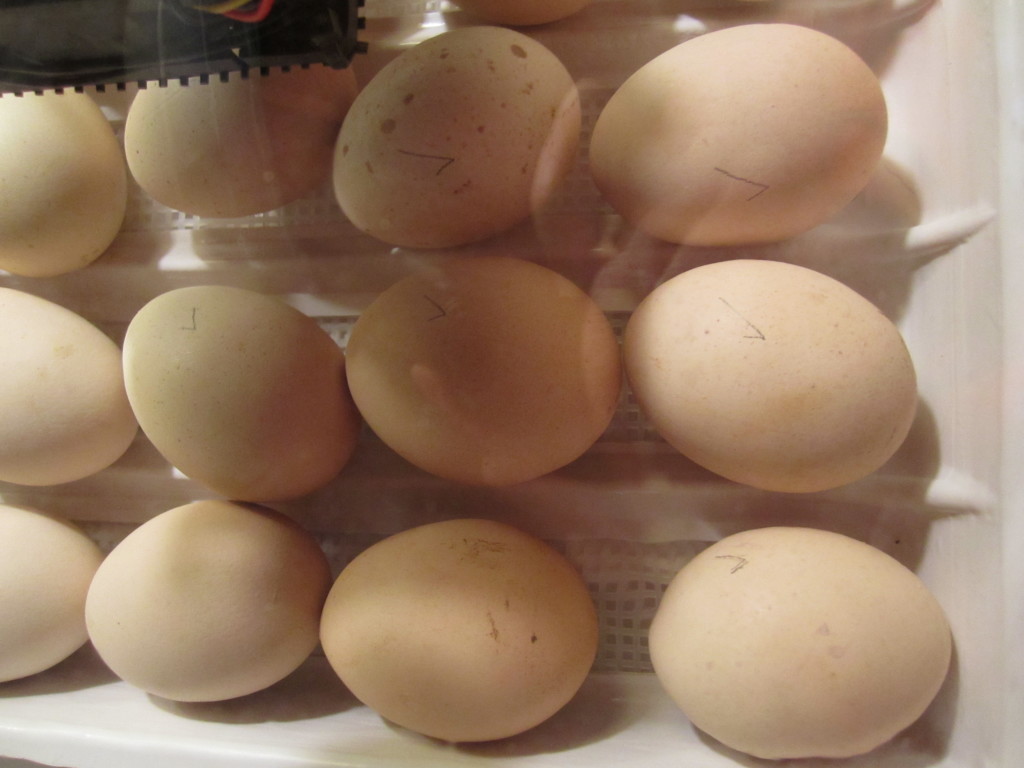
_in_Kalamiaris_Palm_Forest,_Panayoudha,_Lesvos.jpg)
